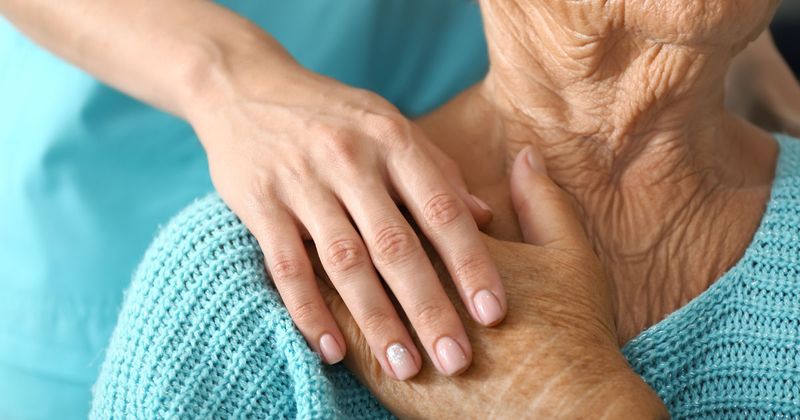Speaker discusses need for broader implementation of ‘holistic’ pre-dialysis programs
After addressing challenges to improved dialysis initiation for patients with advanced kidney disease, a speaker at ASN Kidney Week discussed programs that could enable “smoother” transitions for these patients.
According to Brendan Bowman, MD, medical director of the dialysis program at the University of Virginia, only 35% of the 125,000 individuals in the Unites States who developed end-stage kidney disease in 2017 received “adequate” pre-dialysis care, with up to a third of these patients receiving no preparation care.

“This remains surprising and is a situation we have to be able to deal with on the back-end as patients transition into dialysis,” Bowman said at the meeting, which was held as a virtual event. “Incident patients without adequate preparation may require some ‘rescue therapy’ [where] they need to be taken from an education preparation level of zero all the way to managing what is potentially the most complex condition [compared with other] patients in the ambulatory outpatient world and medicine that we deal with.”
He added that those patients who do receive some pre-dialysis care “overwhelmingly” initiate the treatment with central venous catheters, a statistic he said has not changed for almost 20 years.
Bowman said many factors influence why so many patients initiate dialysis with a catheter or at a hospital, both of which he termed “suboptimal starts.”
“It’s complicated,” he said. “We struggle to predict which patients will make it. Patients that do proceed on to dialysis dependence may do so in a very unexpected manner. And the list of things that we need to do for a patient to prepare them for dialysis is long.”
Further, he noted that financial incentives also serve as a barrier to improved dialysis initiations as it is “costly to put together chronic kidney disease preparation clinics for really high-risk patients.”
According to Bowman, clinicians participating in an “ideal” kidney preparation program would first need to be aware of limited, or “fixed,” resources.
“We can’t simply use fistulas for everyone with stage 4 kidney disease,” he said and suggested there are now well-validated equations that help determine the patients most likely to progress to ESKD and should, therefore, be selected for this type of access.
Secondly, Bowman highlighted the importance of considering the patient’s preference so clinicians can provide “meaningful education that's customized to that patient more than just the handout or the lecture that we ask them to watch.”
He said this should be based on an individualized assessment after educating patients on all options, including conservative or supportive care.
He also contended that good transitional care is “holistic” in that it uses electronic health records and implements tools focused on improving communication between care teams and patients. These types of tracking tools can be as simple as an Excel spreadsheet, he said.
In addition to providing tools that help patients manage various medical appointments, Bowman discussed psychosocial support through peer mentoring and preparing patients for self-management.
“I would say the Advancing American Kidney Health puts the financial incentives in place that we need to build out these support programs on the CKD side for the first time,” Bowman concluded. “Hopefully, we’ll provide the evidence that we need [to show] these programs do work and that we can continue to incentivize these kinds of programs and put the resources toward preparing dialysis patients, which I think all of us suspect will have a tremendously positive impact on how patients enter dialysis.”

